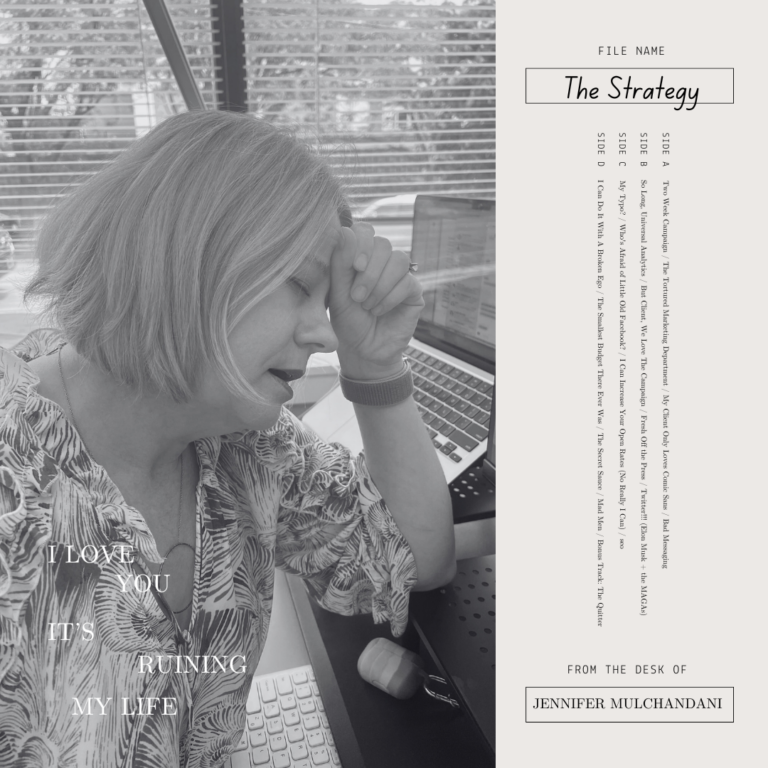strat·e·gy
ˈstradəjē/
noun: strategy; plural noun: strategies
- a plan of action or policy designed to achieve a major or overall aim.“time to develop a coherent economic strategy”synonyms: master plan, grand design, game plan, pan (or action), action plan, policy, program; More
 If you don’t have a strategy, you are almost certainly missing opportunities, incurring unnecessary costs, and sacrificing better ROI in your marketing.
If you don’t have a strategy, you are almost certainly missing opportunities, incurring unnecessary costs, and sacrificing better ROI in your marketing.Businesses have goals, typically increase revenue, increase profits, increase sales. Often, reduce costs. The path to meeting and exceeding business goals is the strategy. The business strategy is not exclusive to marketing and/or communications, as businesses should incorporate operational strategies that touch on production, staffing, materials, and so forth. However, very often, the marketing and communications toolbox is fundamental to meeting goals. The toolbox can include:
- Email marketing
- Blogging
- Paid Advertising
- Social Media
- Print Collateral
- Direct mail
- Events
- PR
- Partnership development
- Community engagement
Many clients have already started to implement some of these marketing and communications tools. But often, clients start “doing” without first taking the time to determine the best course of action.
How do we determine the strategy? Let’s pretend that your business is selling backpacks.
Determine your goal
Sometimes simply setting the goal can be complicated. But, for this discussion, let’s say it is to increase sales by 20% this fiscal year.
Define your target market
What’s a target market? It’s the universe of people who might buy your product. Even without a lot of expensive market research, you can safely argue that your target market includes students, backpackers and maybe travelers.
Allocate a reasonable budget
5% of your sales is a good starting point, but this will vary greatly depending on your revenue history, whether you are a start up or established business and so forth. But you do have to spend money, or the best marketing strategy won’t matter.
Assess Capabilities and Constraints
Who is going to implement the strategy? Do they have adequate time, training and resources? Aim to build a strategy that can be implemented in a way that respects your constraints. We work with clients to articulate how much implementation can they do in-house, what training they may need to be able to implement, and how much budget they can allocate to outsourcing implementation. If you have a jack-of-all-trade operational assistant on staff who also writes your blog and newsletter, and “knows how to post to social media,” you will probably benefit from getting that person in-depth social media training. Otherwise, if your strategy relies on social media, you are not going to maximize your investment in that area.
Articulate key messaging by audience
You know who you want to target, but you also need to know what to say to that target market. Assess demographics, be aware of potential cultural, generational, regional or other differences that will influence how your messaging is received. Messaging includes everything from your product name, tagline, and “one-liners” that serve as message hooks in ads, webpages, and blog posts. What are your top 3-5 salient selling points that you want to make sure each audience knows. For our fictitious backpack client, they are:
- Sturdy construction that lasts thousands of miles of hiking
- Made in America
- Multiple bag sizes to fit any body size
- Waterproof
Through market research, we considered but eliminated messaging about fabric colors, water bottle accessibility, weight of the bags and online purchasing. All of these facts will of course be included in product spec pages online, or in a catalog, or a FAQ page, but these are not our leading messages. We want our messaging to be tight and consistent.
Articulate the Strategy
By considering the goal, the budget and the constraints and your messaging, you are ready to articulate the strategy. For our fictitious backpack client, we have determined that based on these factors, the optimal marketing approach is:
- Paid Advertising
- PR to Travel Blogs
- Social Media
- Consumer Incentives (discounts)
Write a detailed plan of action
The marketing and communications plan is the meat and potatoes that moves your strategy into action. Map out your to-dos week-by-week to make sure that all pieces are happening in sequence. Be realistic in how much you can accomplish each week, and what the budget implication will be for every activity. Build in check points, ideally at the close of the month, where you measure your progress towards goal, and see if you need to course correct.
Implement
That’s it. Get going. You’ve planned, you’ve plotted, and now the proof will be in the implementation. Don’t be surprised if you find you’ve “over planned” and scheduled more than is realistic. Be willing to be nimble. Be willing to give things time to stick before declaring something as not working, but also be willing to cross off things that aren’t working. It’s a plan, not a life-or-death regiment.
Your strategy should get you to your goal. And then it’s time to set new goals, and begin again. You’ll have the benefit of harnessing from the last experience!
If all of this is overwhelming, or as one of my favorite clients says, gives you a green oozy sick feeling in the pit of your stomach, outsource this to a professional. The best entrepreneurs, the best managers, know that they can’t do it all alone, and seek help when needed. And that is one of the best overall business strategies yet: do what you do best, and use other experts to do what you don’t do best.
What’s your strategy? If you need more inspiration, sign up for our #newsletter where we feature real life businesses and give you tips on building your business.



